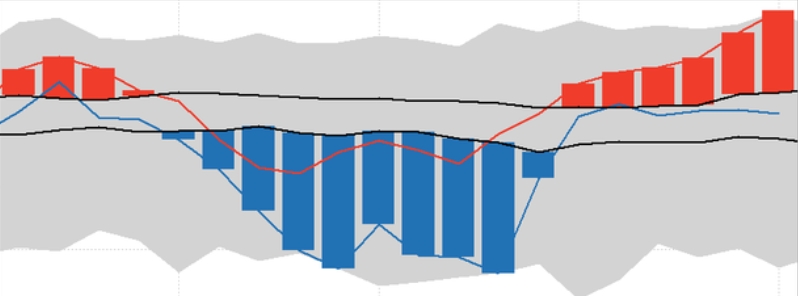Germany registers greatest temperature change since records began in 1880

Germany has just experienced its biggest temperature change in 141 years– since record-keeping began in 1880– with an increase of 41.9 °C (75.4 °F) in one week, according to climate researchers at the German Weather Service (DWD).
A piercing cold temperature of -23.8 °C (-10.8 °F) was recorded in Goettingen city on February 14. After seven days, the high was 18.1 °C (64.6 °F).
DWD researchers said the country had never before experienced a temperature swing such as the one that occurred at the weather station in the city.
The previous record was set in the area in May 1880, the early days of weather record-keeping. That time, a temperature increase of 41 °C (73.8 °F) was recorded within seven days.
On Monday, February 22, two regional winter heat records had been smashed in northern Germany. In Quickborn town, the high was 18.9 °C (66 °F), surpassing the previous record of 17.8 °C (64 °F) set in 2019.
Neuwiedenthal weather station registered 21.1 °C (70 °F), breaking the previous record of 18.1 °C (64.6 °F) set just more than a year earlier, said a DWD spokesperson.
For the first time since temperature records began, the temperature in Hamburg has thus risen above 20 °C (68 °F) in winter."
40C° difference in only 6 days. Such a temperature change has never been measured before in Germany. #climatechange #BonnSweetHome pic.twitter.com/W8QfISaFgN
— Juan González (@JuanGonzalez_JP) February 24, 2021
Germany has recorded the largest temperature rise in the space of a week on record, going from a minimum of -24C to 18C! pic.twitter.com/L0cZLpk84J
— BBC Weather (@bbcweather) February 24, 2021
A week in weather!
Göttingen in Germany saw a massive (and record) temperature difference of 41.9°C in the space of less than a week in February, swinging from -23.8°C on 14.02.21 to 18.1 °C on 21.2. 21, says @DWD_presse pic.twitter.com/DqN9XH2yQc— World Meteorological Organization (@WMO) February 23, 2021
Featured image credit: DWD

Polar vector under the influence of SSW, 3d polar cusp changes and solar activity. This erratic weather is and was predictable.